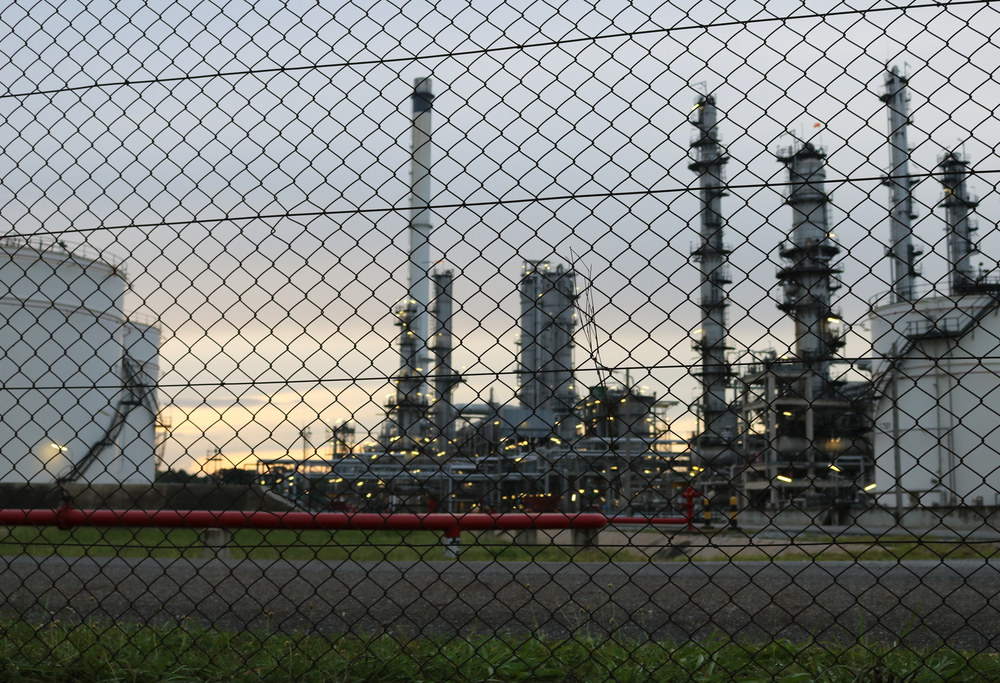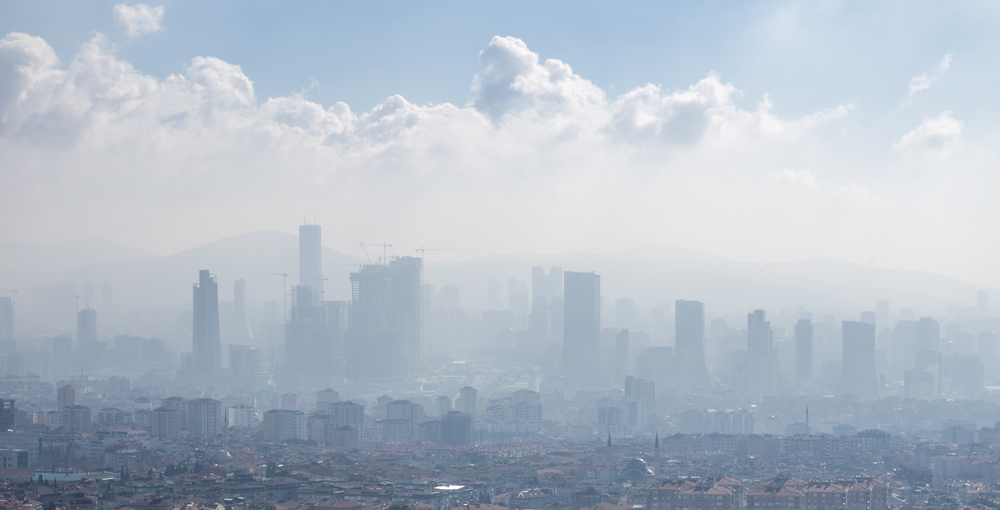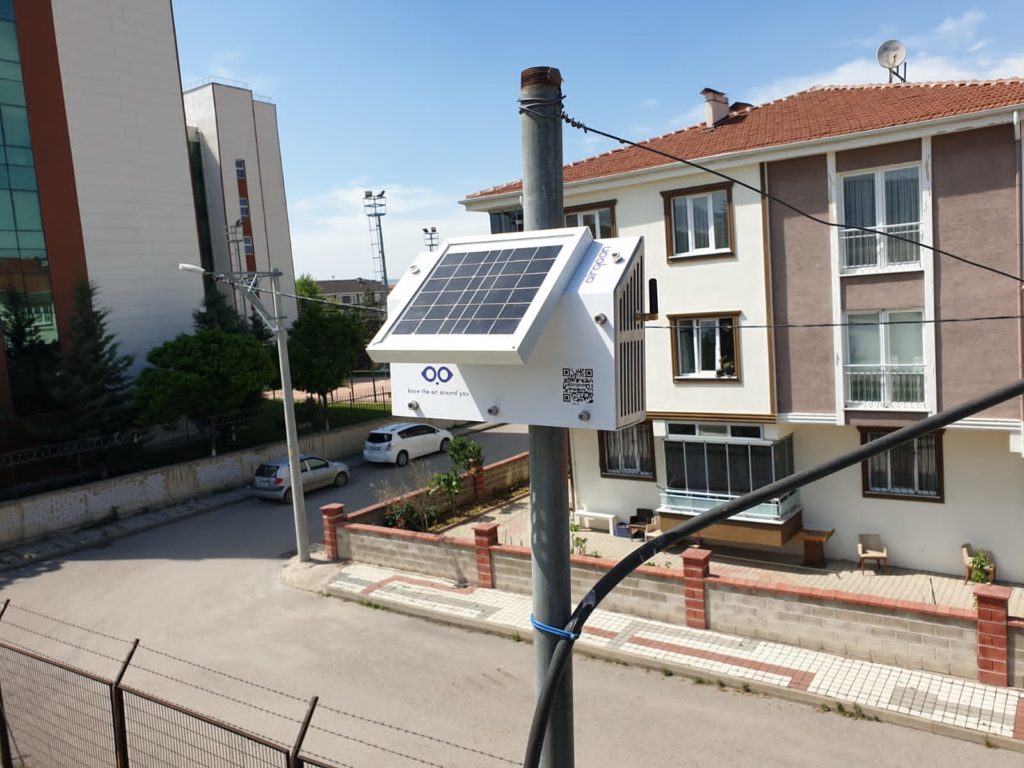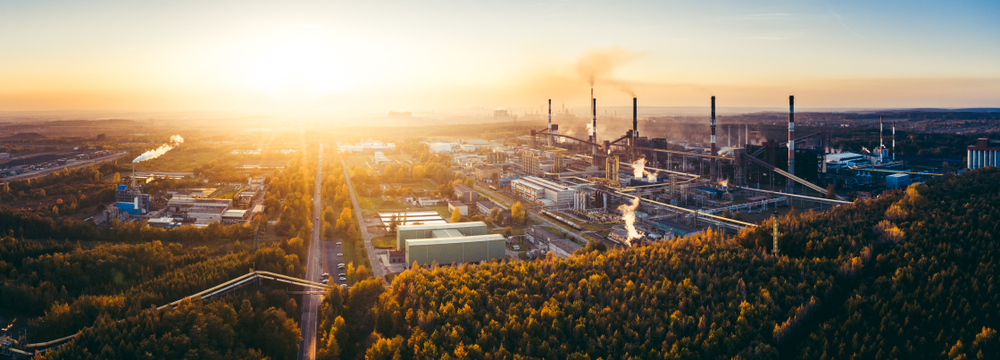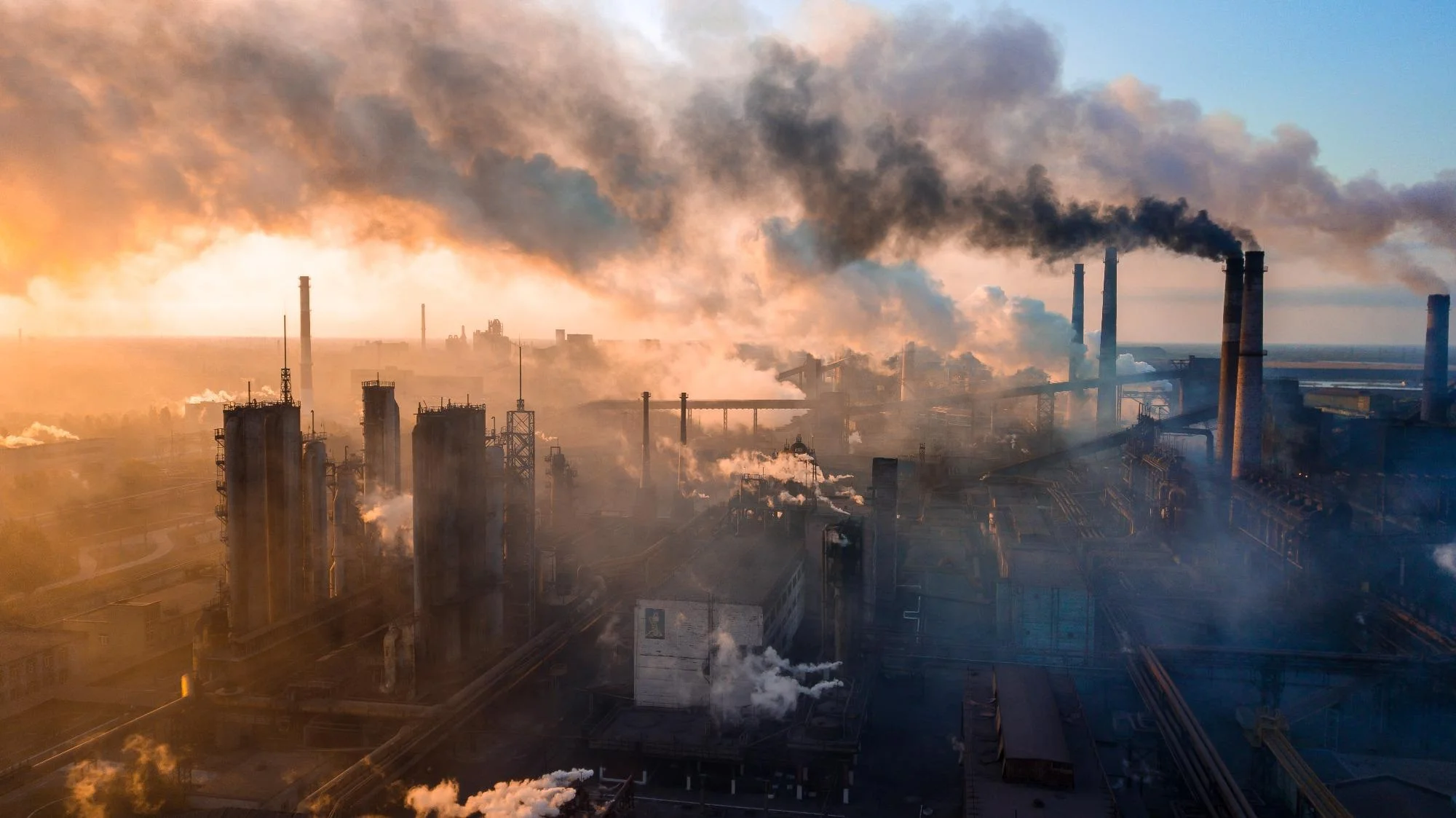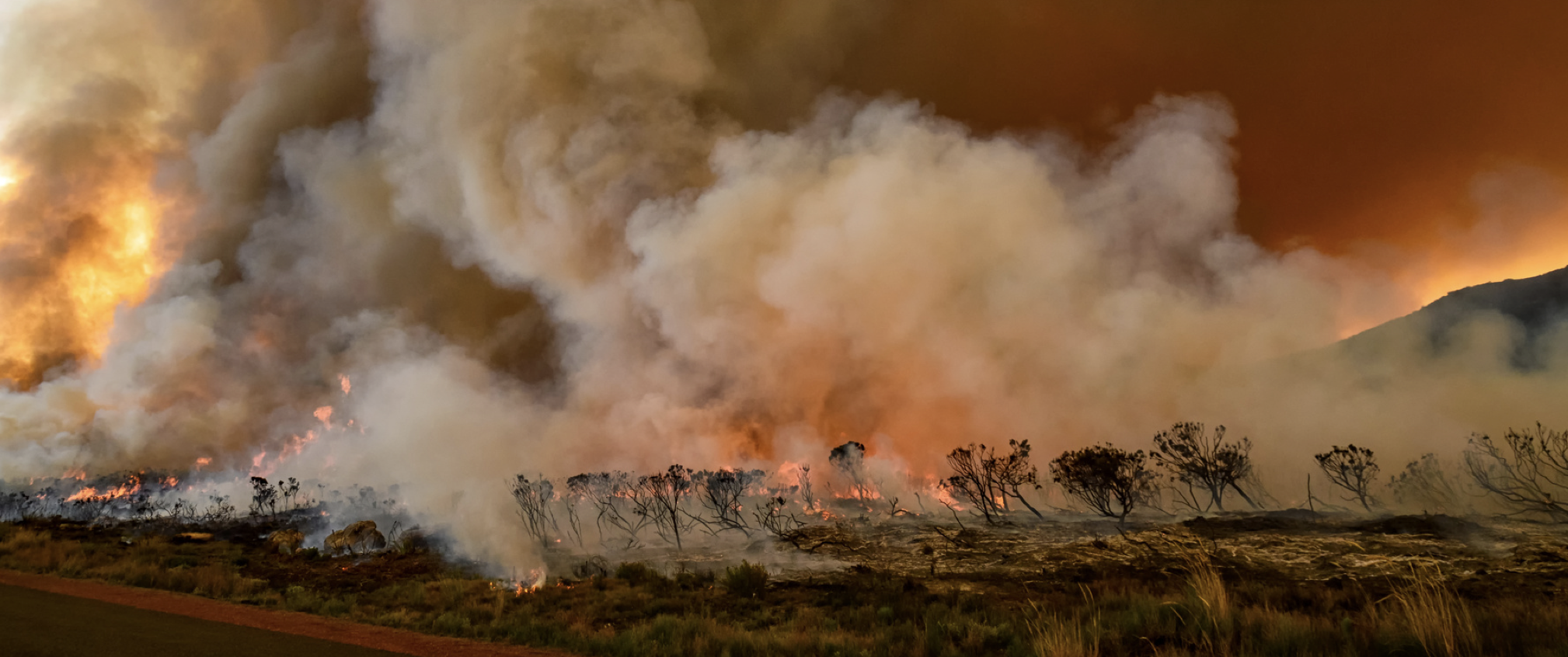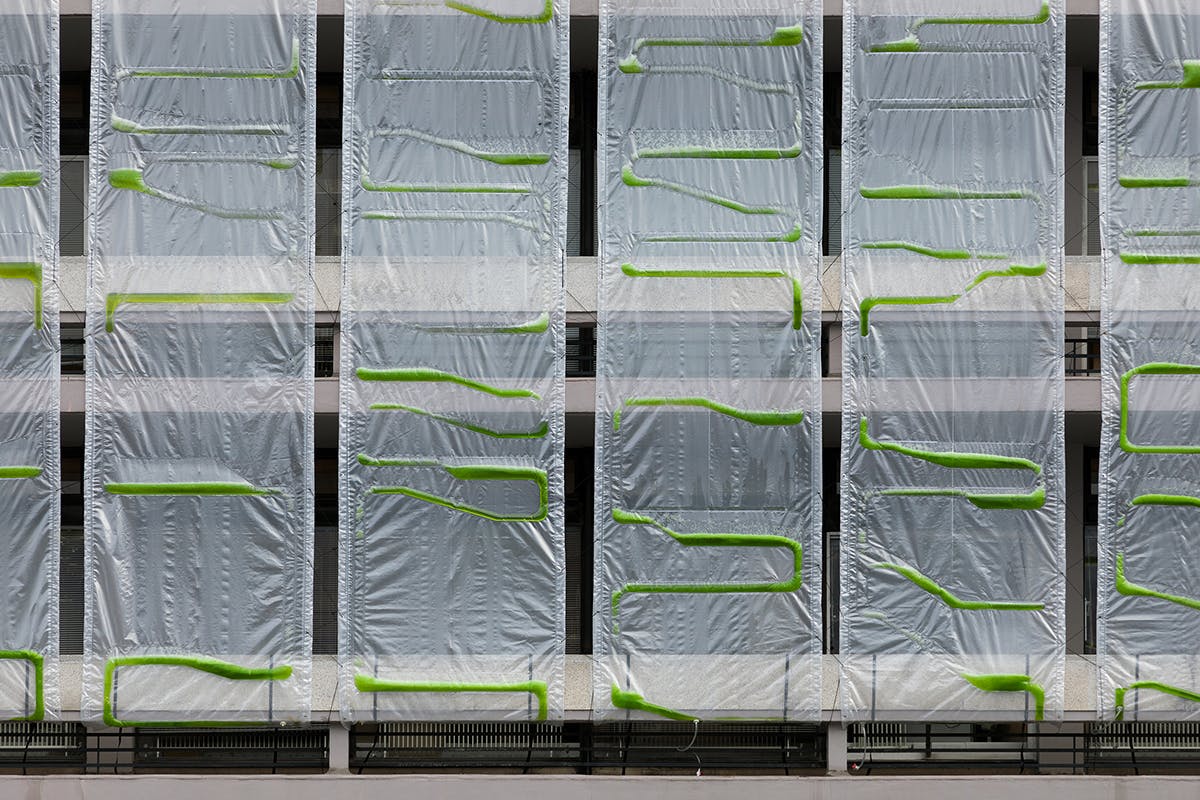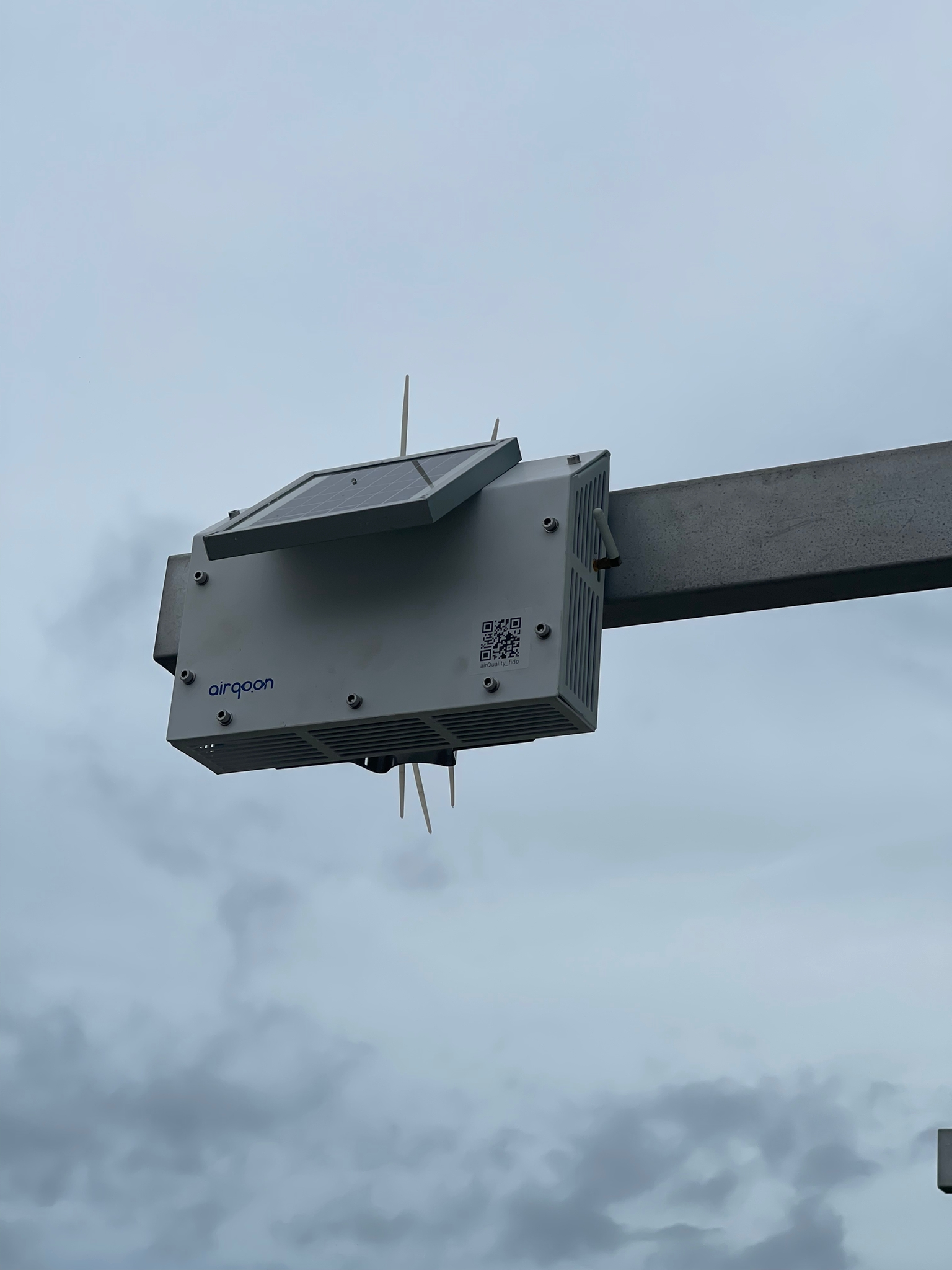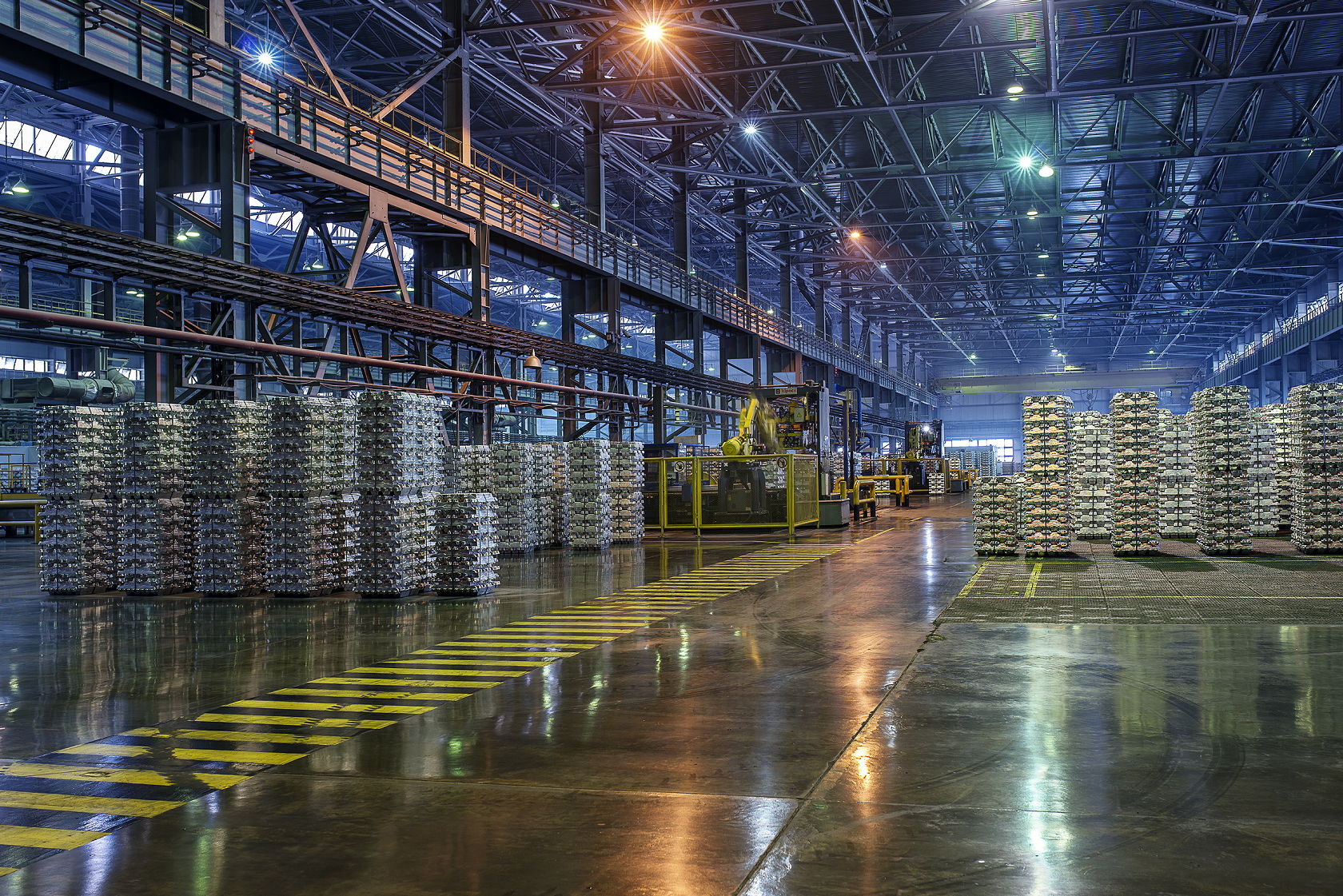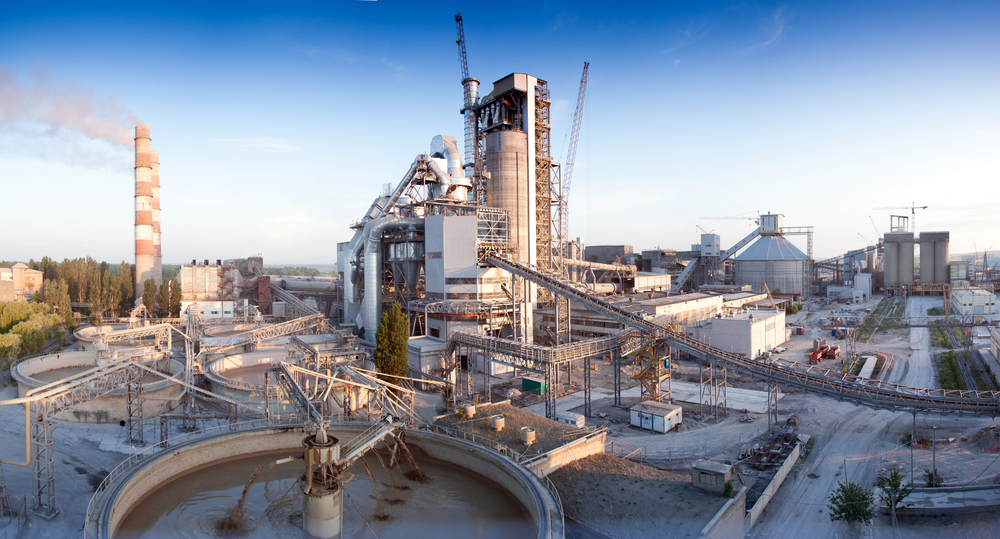
The cement sector plays a crucial role in the production of concrete, which is the second most consumed substance worldwide after water. However, due to the energy-intensive processes involved in cement production, the sector contributes significantly to greenhouse gas emissions, necessitating a balance between economic growth and environmental concerns. Additionally, the cement industry is subject to a range of international and national regulations aimed at reducing environmental impacts such as climate change.
One of the sector’s biggest challenges is environmental issues arising from production processes, such as harmful gases and dust clouds. With these factors, the sector has become a significant source of anthropogenic air pollution. Consequently, the industry is constantly pressured to comply with environmental regulations and reduce emissions.
Challenges in the cement sector related to air quality management
Cement industry’s problems and solutions in air quality management
- The high share of the sector in global emissions —The obligation to increase the environmental and social performance of the cement sector, which is one of the sectors subject to transformation as per the Paris Agreement
- Formation of polluting gases and clouds of dust at multiple stages of production —Cement production has become one of the primary sources of anthropogenic air pollution as it generates significant amounts of hazardous gases and dust in the air
- High risk of occupational diseases —Those working in this sector and those living in the region are exposed to the harmful effects of dust and Particulate Matter (PM) due to air pollution at a very high level.
- High cost of air quality measurement tools —Air quality measuring stations certified by the EU (and similar organizations) are costly to purchase and operate. In addition, these stations are not smart enough to broadcast the measurement to the Cloud in real-time, and they need other equipment to do this job, resulting in increased operating costs.
Solution: Airqoon
Airqoon is a low-cost and easy-to-use hyper-local air pollution management solution that provides real-time, data-driven, actionable environmental intelligence to companies in the cement industry.
- The cloud-based Airqoon sensor units are energy self-sufficient and are managed remotely with minimum intervention for maintenance.
- Airqoon sensor units are backed with airqoon Cloud, and their compact size allows real-time air quality monitoring at every production stage.
- Analyzing real-time and historical measurement data, Airqoon prepares monthly and annual air quality performance reports.
- With the help of continuous monitoring, environmental and occupational health risks are analyzed using high-resolution Spatio-temporal data.

